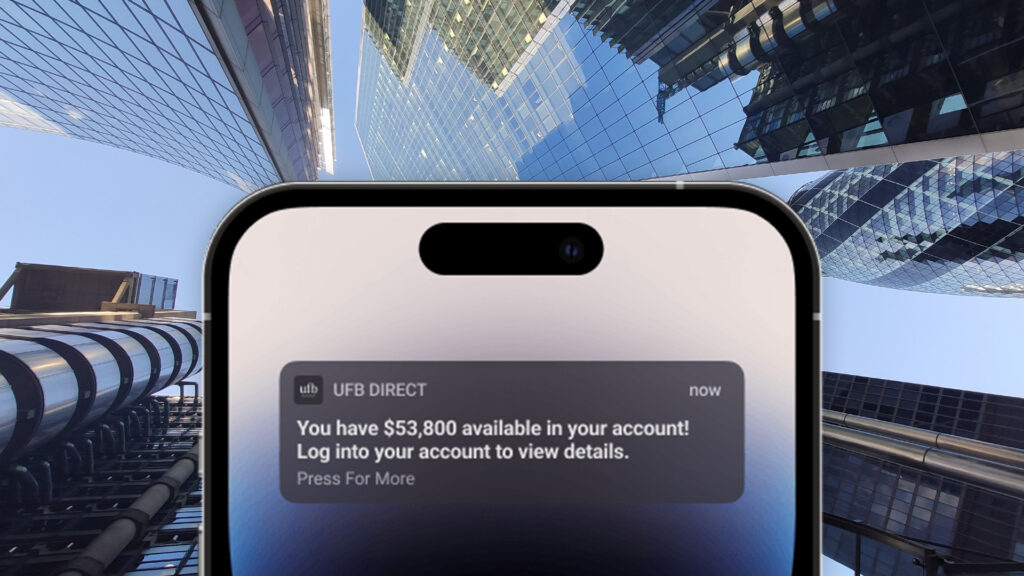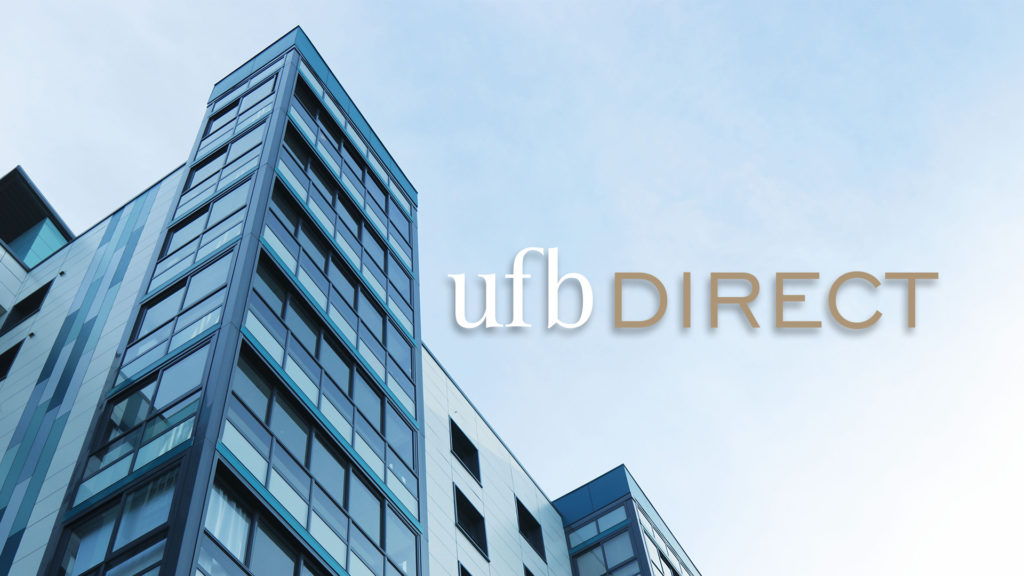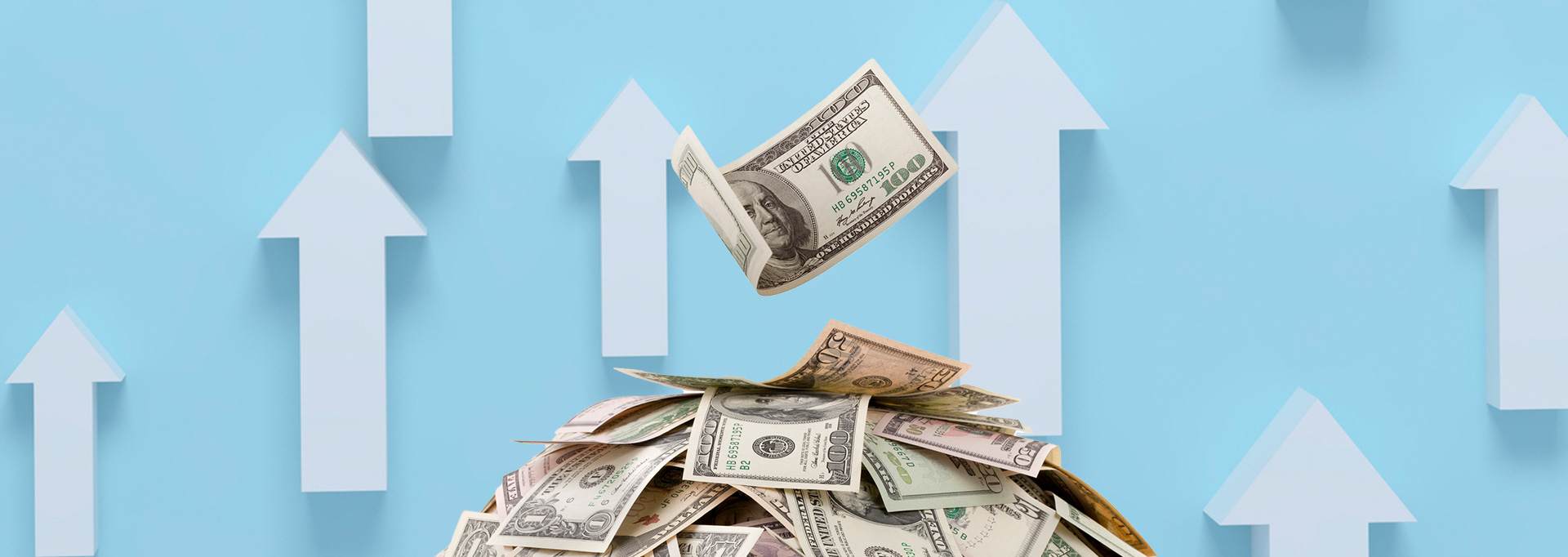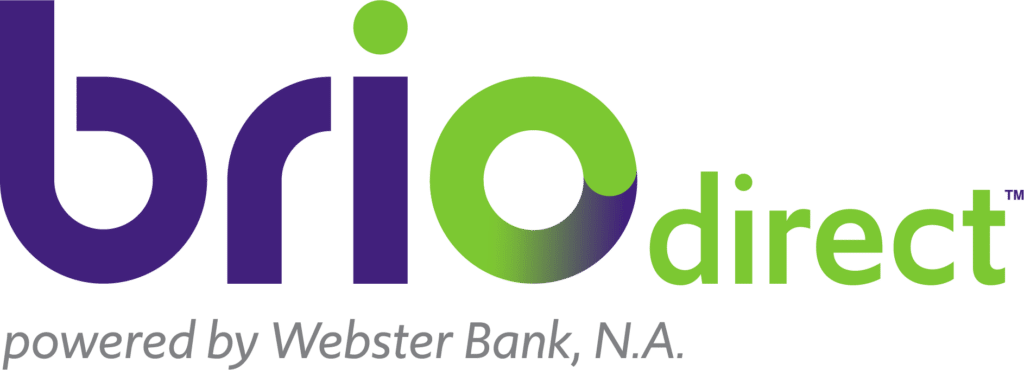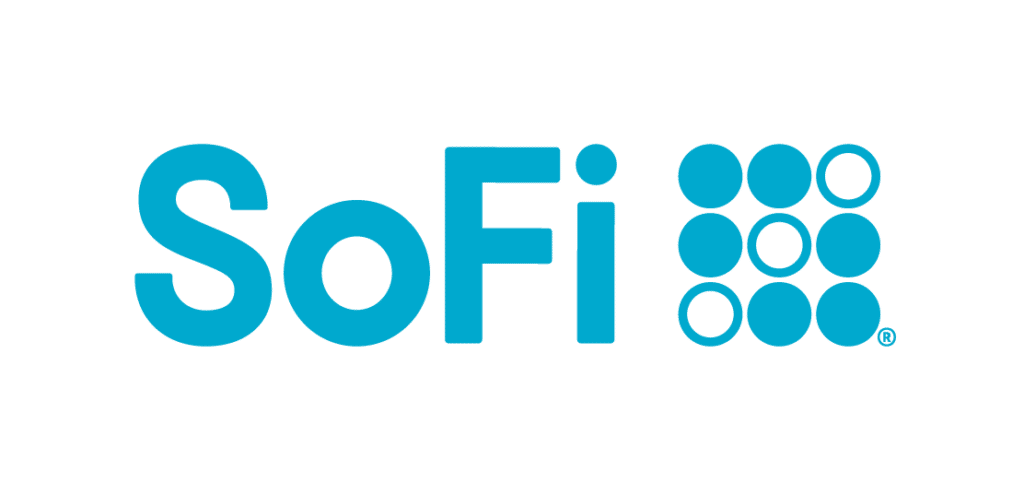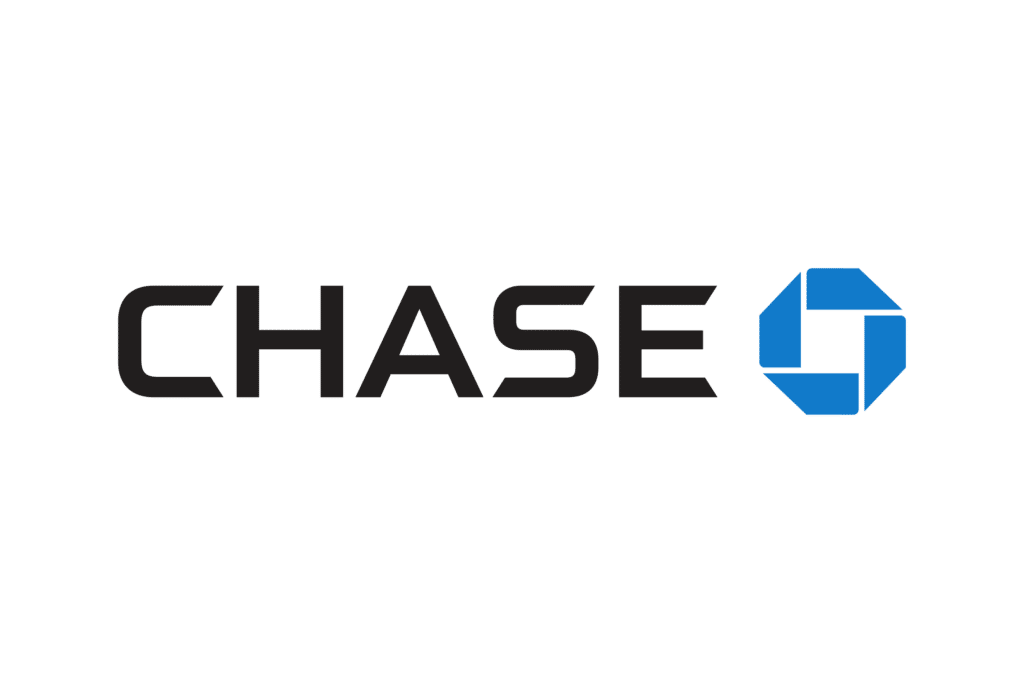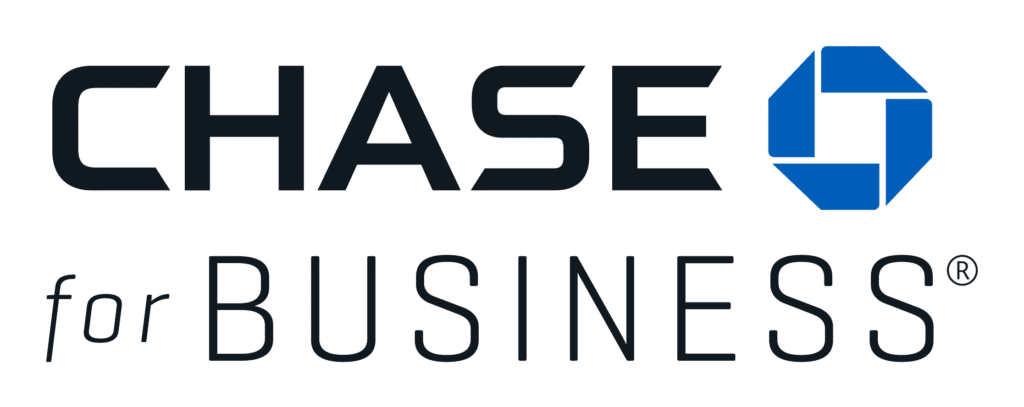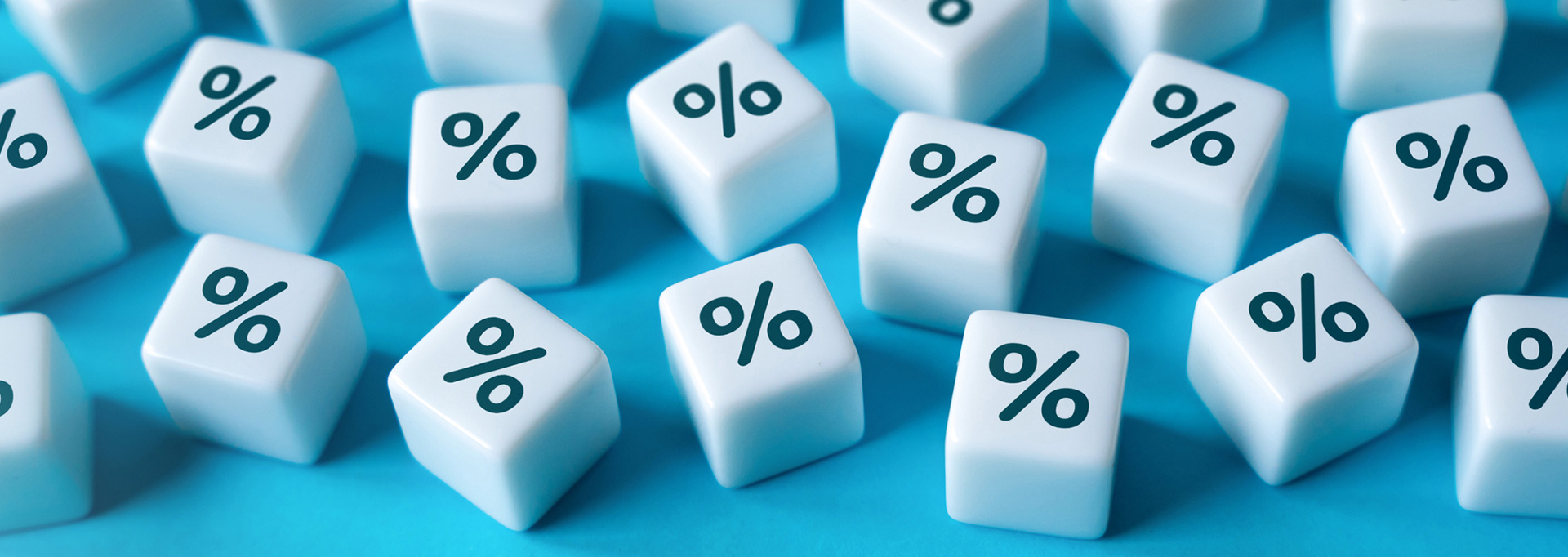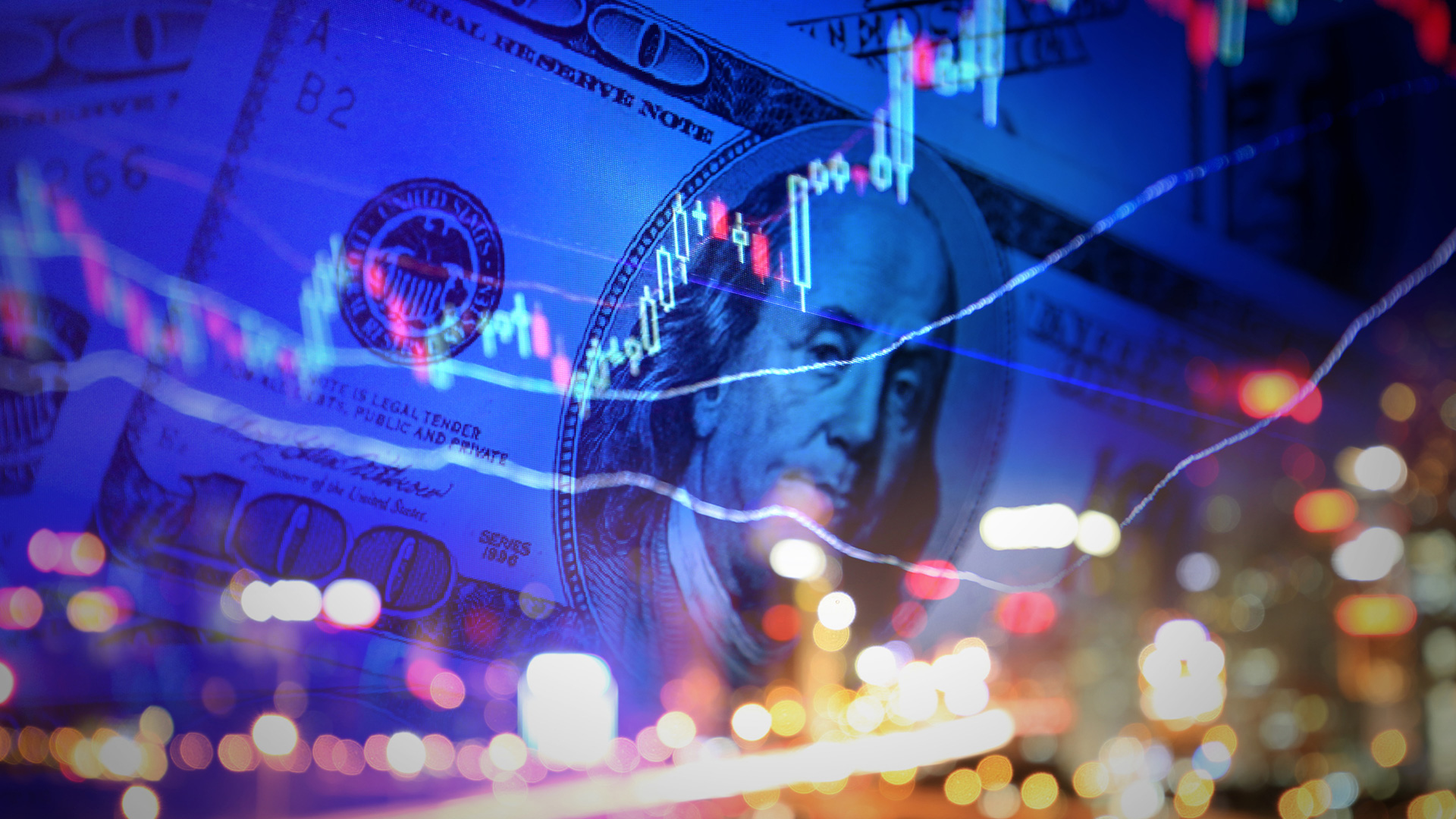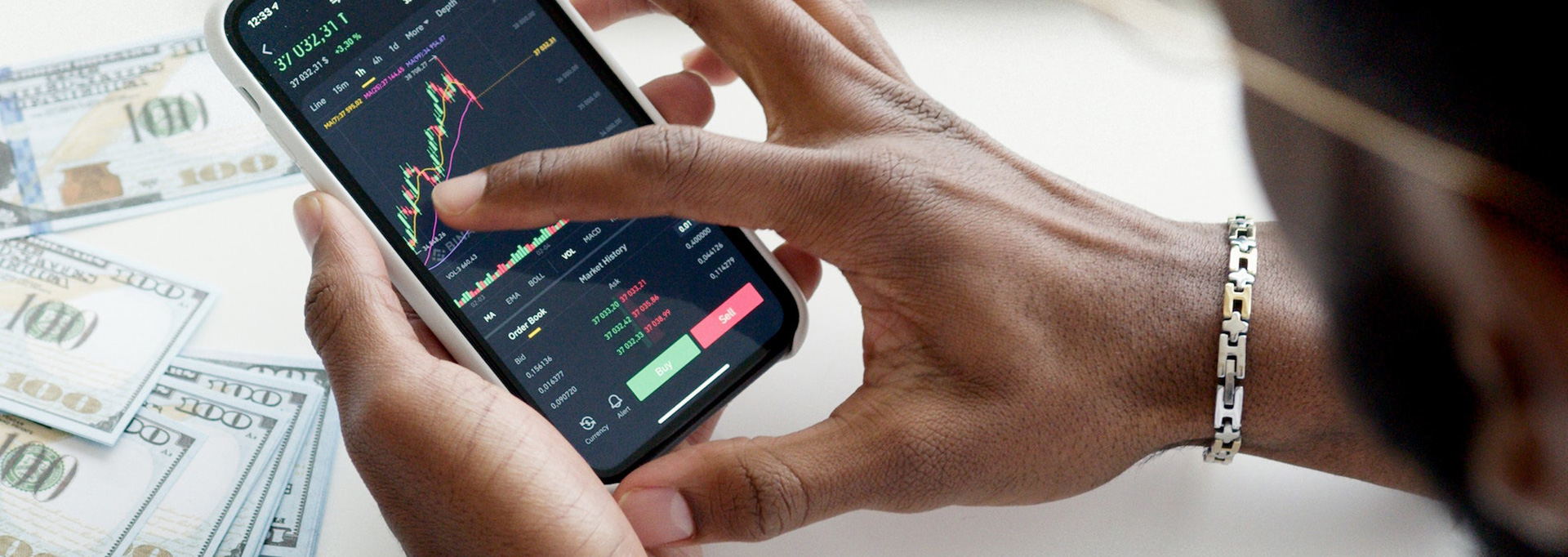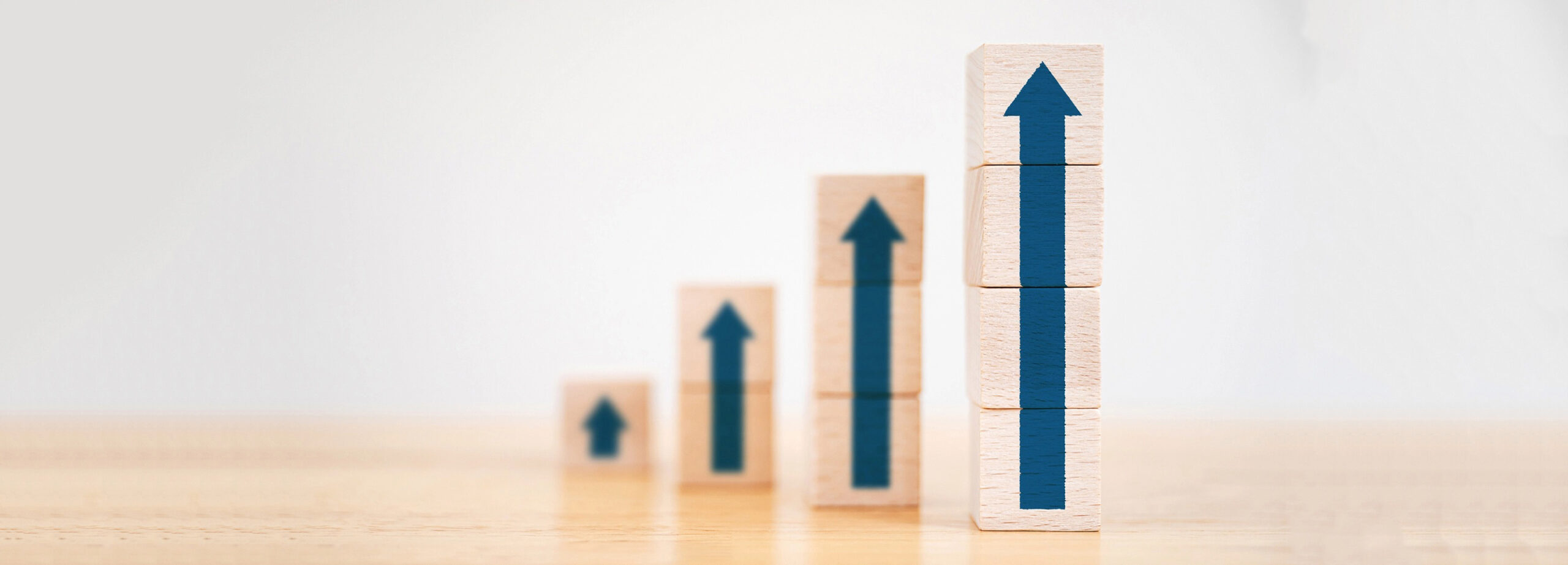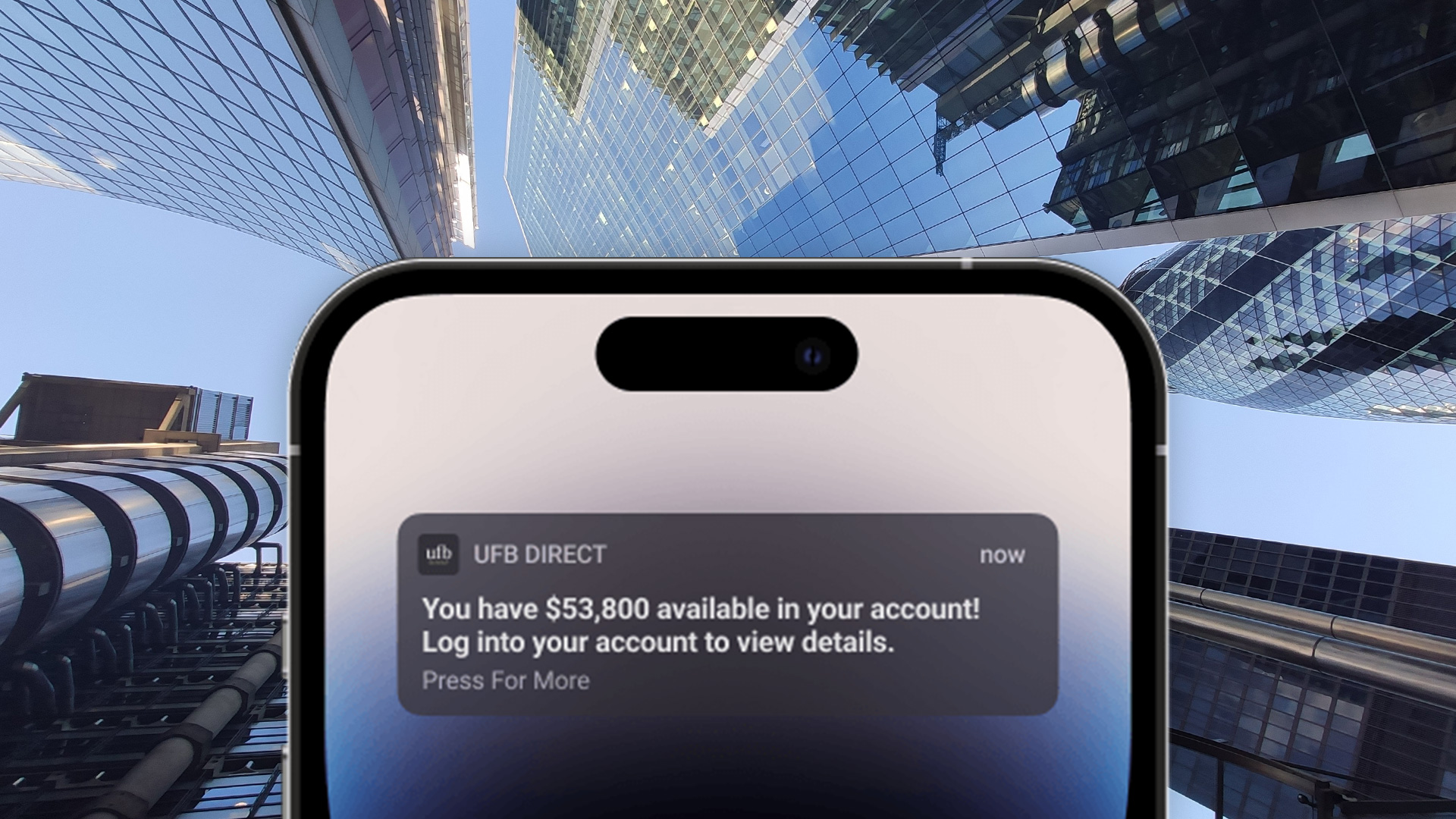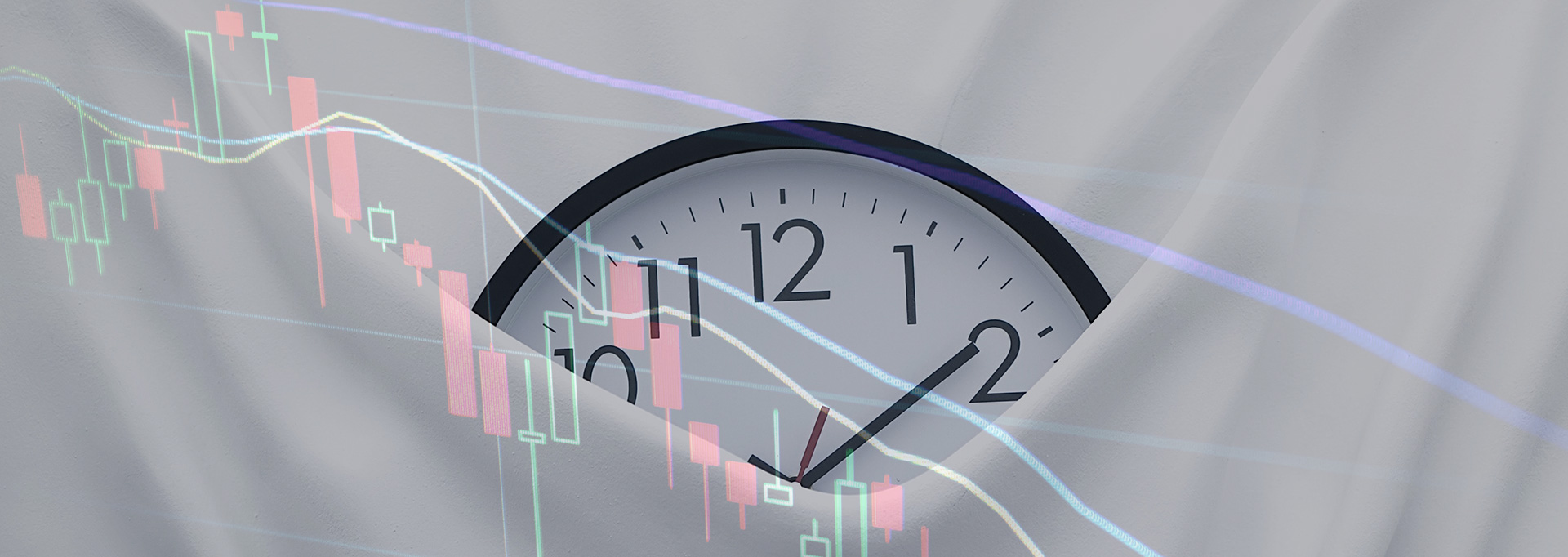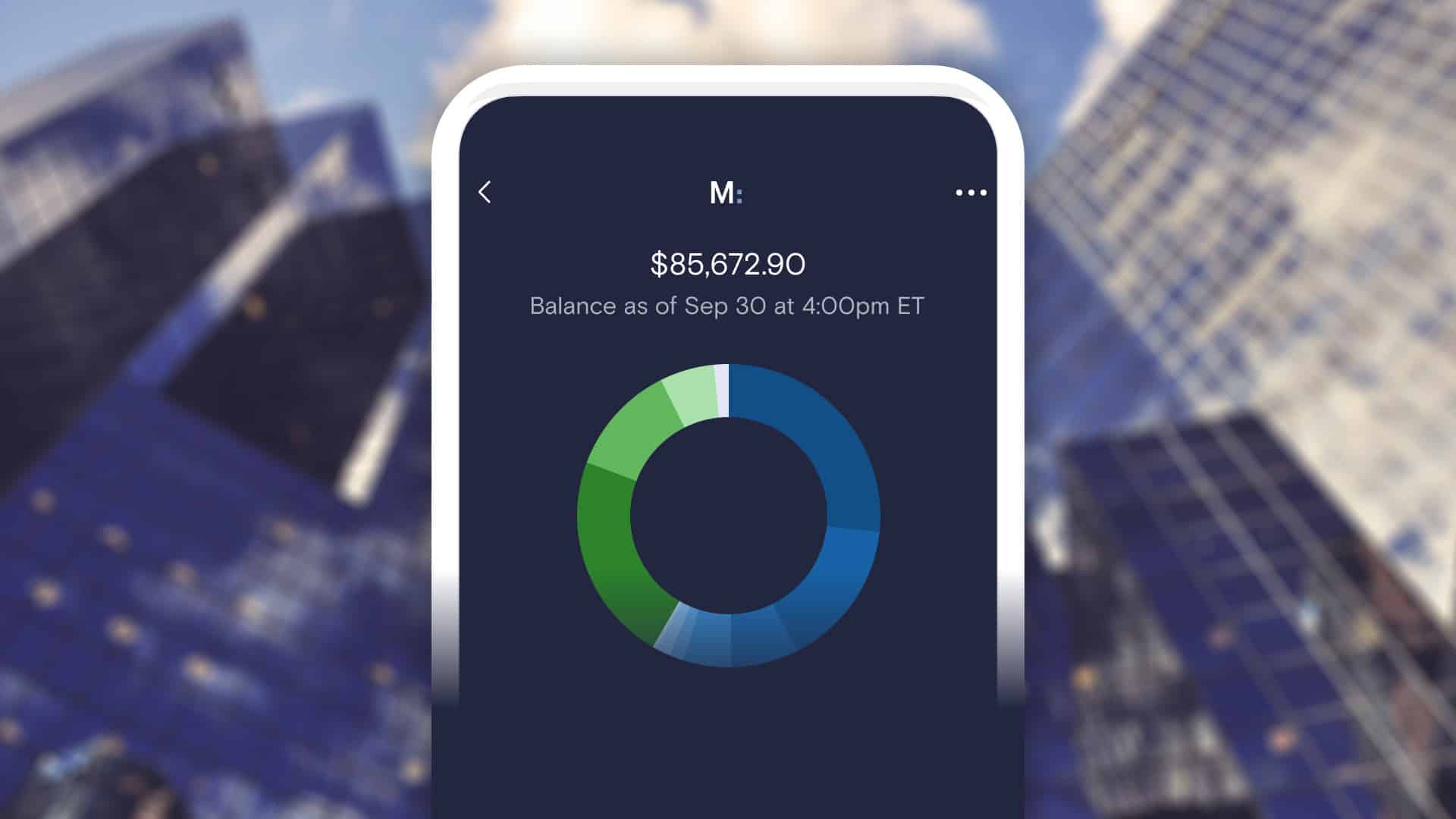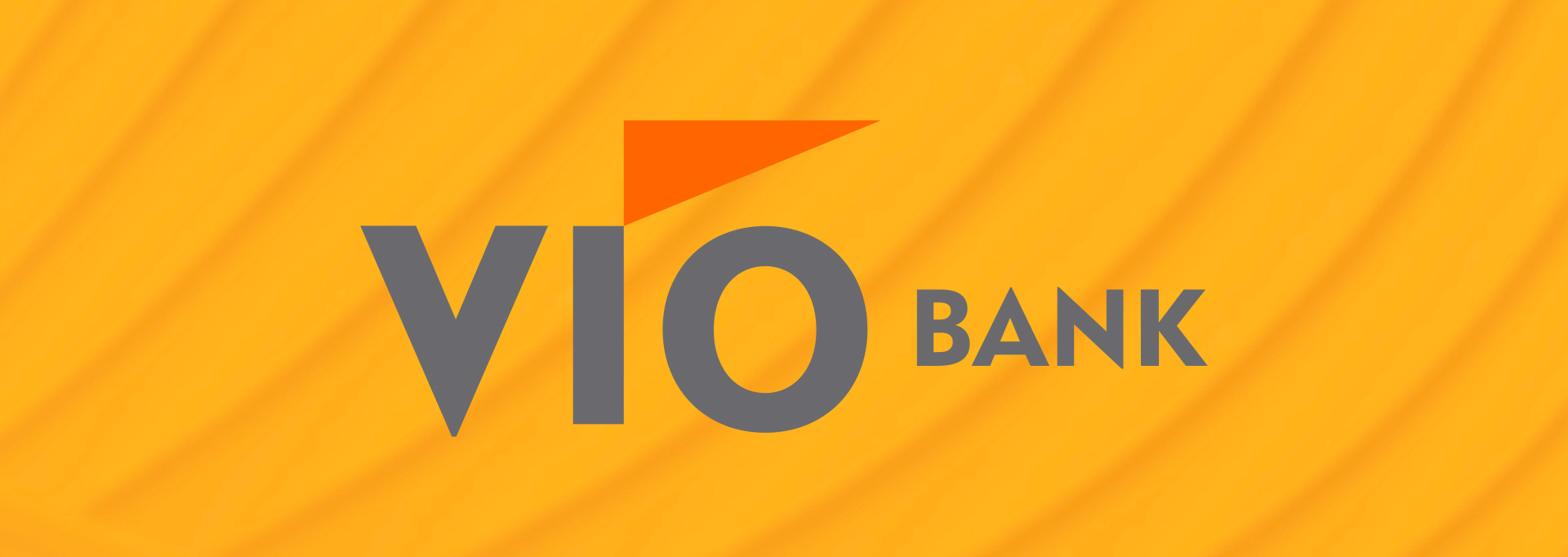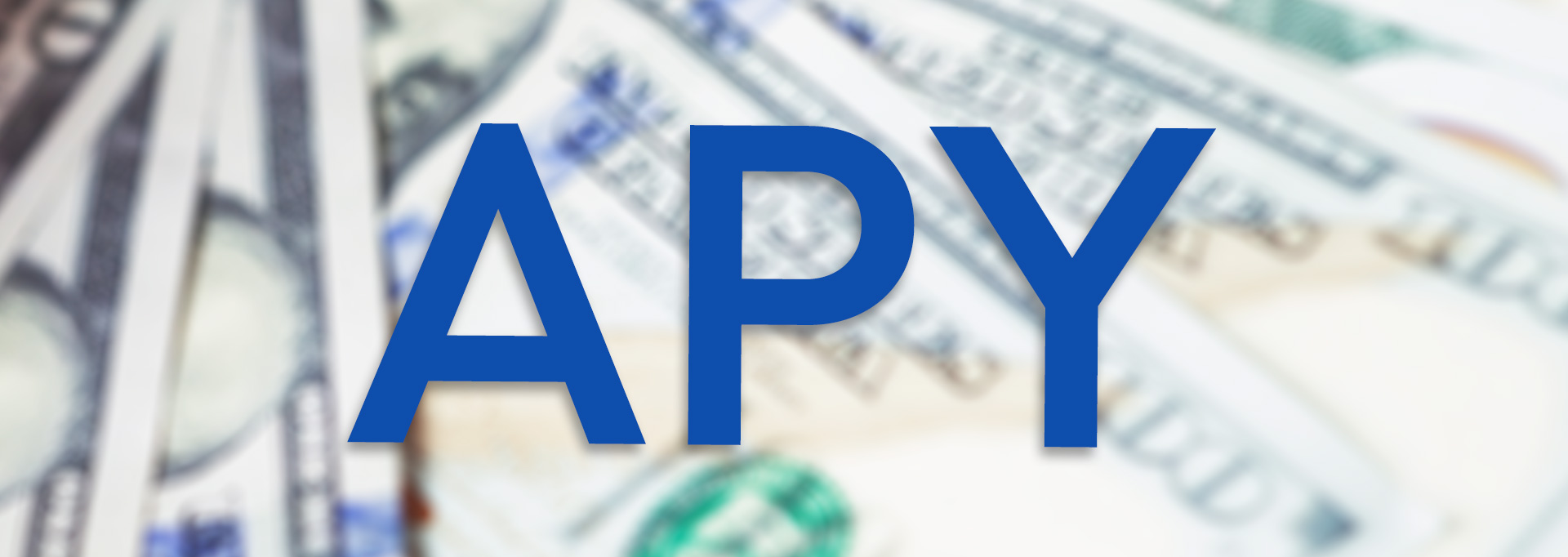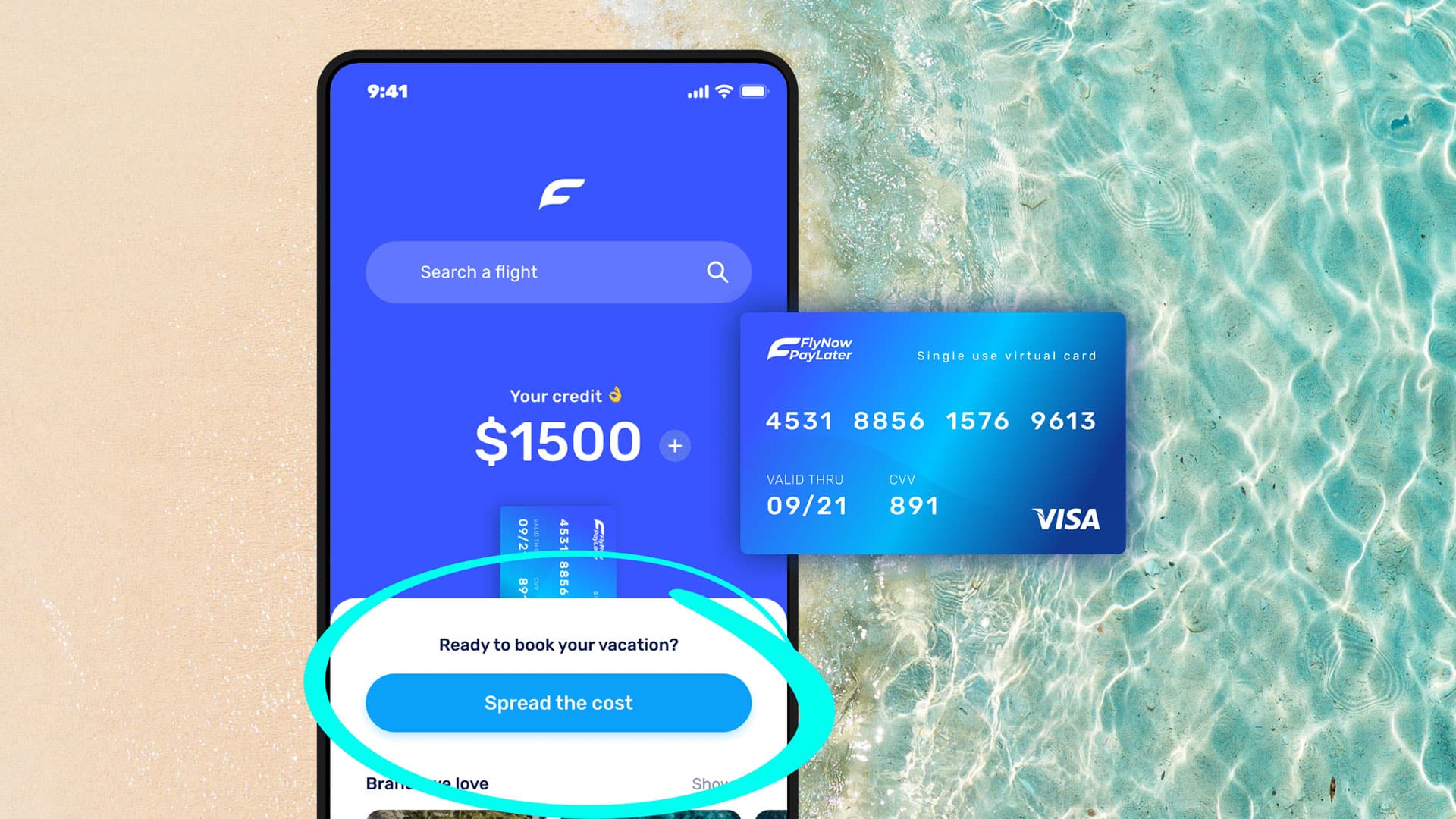Most products on this page are from partners who may compensate us. This may influence which products we write about and where and how they appear on the page. However, opinions expressed here are the author's alone, not those of any bank, credit card issuer, airline or hotel chain.
If you’ve paid attention to your credit card statements lately, you’ve probably noticed that interest rates have been
When the Federal Reserve raises the federal funds rate, banks and credit unions tend to respond by increas
In the current environment, I’m faced with a choice that many of us have to make: Do I put my cash savings in CDs, or do I opt for high-yield savings accounts instead?
In my situation, I choose to keep my liquid cash savings in HYSAs. Below, I’ll break down the top reasons for my choice. But keep in mind that personal finance decisions are just that — personal. You should always take the time to examine your own situation before you decide the best place to store your savings. And when in doubt, it never hurts to talk to a trusted financial advisor for
1. High-Yield Savings Accounts Offer Flexibility
One of the biggest reasons I opt for high-yield savings accounts over CDs is the flexibility that HYSAs offer. With most CDs, I would ne
The only exception to this rule would be if I decided to open a no-penalty CD. Those types of CDs, however, usually
Early withdrawal penalties, CD terms, and maturity dates aren’t details that I nee
Recommended High-Yield Savings Accounts
| Bank Account | APY | Features | Learn More |
|---|---|---|---|
|
|
5.30%
*Annual Percentage Yield (APY) is accurate as of 6/4/2024. Rate is subject to certain terms and conditions. You must deposit at least $5,000 to open your account and maintain $25 to earn the disclosed APY. Rate and APY may change at any time. Fees may reduce earnings. |
$5,000 min. deposit |
Open Account |
|
|
5.15%
UFB Direct breaks balances into five tiers, but, currently, there is only one interest rate. |
No minimum deposit |
Open Account |
|
Member FDIC |
0.50% - 4.60%
SoFi members with Direct Deposit or $5,000 or more in Qualifying Deposits during the 30-Day Evaluation Period can earn 4.60% annual percentage yield (APY) on savings balances (including Vaults) and 0.50% APY on checking balances. There is no minimum Direct Deposit amount required to qualify for the stated interest rate. Members without either Direct Deposit or Qualifying Deposits, during the 30-Day Evaluation Period will earn 1.20% APY on savings balances (including Vaults) and 0.50% APY on checking balances. Interest rates are variable and subject to change at any time. These rates are current as of 10/24/2023. There is no minimum balance requirement. Additional information can be found at http://www.sofi.com/legal/banking-rate-sheet. |
No minimum deposit |
Open Account |
|
|
5.00%
Earn 5.00% APY on balances over $5,000. Balances of less than $5,000 earn 0.25% APY. Annual Percentage Yield is accurate as of May 6, 2024. Interest rates for the Platinum Savings account are variable and subject to change at any time without notice. |
$100 minimum deposit |
Open Account |
2. Rates on HYSAs May Be Higher Than CDs
In general, you can find slightly be
The best CDs rates aren’t always higher than the rates on the best high-yield savings accounts. In some cases, the APY on a HYSA might be higher than the rate a CD offers. The difference usually comes down to the financial institution and th
At the time of writing, short-term CDs (6
Below are examples of some of the top interest rates available for CDs and high-yield savings accounts as of October 16,
Top Interest Rate Ranges for CDs and High-Yield Savings Accounts (as of October 16, 2023)
|
High-Yield Savings Account |
4.50% – 5.40% |
|
6-Month CD |
5.00% – 5.55% |
|
12-Month CD |
5.00% – 5.67% |
|
24-Month CD |
4.75% – 5.50% |
|
48-Month CD |
4.65% – 4.90% |
By comparison, here are the national average interest rates on both CDs and savings accounts according to the FDIC as of O
- Savings: 0.46%
- 6-Month CD: 1.39%
- 12-Month CD: 1.79%
- 24-Month CD: 1.50%
- 48-Month CD: 1.30%
Of course, it is important to point out that interest rates change. There’s no way to predict how long interest rates will continue to rise. If I loc
It’s true that I could use a CD ladder to take advantage of potentially rising interest rates. But at least for now, there’s not a huge difference between the top inte
The risk I face, however, is the fact that the interest rates on
 Related Article
Related Article
5 Great Uses for a High-Yield Savings Account
3. HYSA Bonuses and Rewards
Another perk that attracts me to high-yield savings accounts is the opportunity to earn attractive bank account bonus promotions and rewards. While this benefit isn’t available with every new HYSA, certain financial institutions do offer bank bonuses for eligible new customers. Some banks and credit unions may offer a chance to ea
Recommended Bank Bonuses
| Bank Account | Intro Bonus | Minimum Deposit | Learn More |
|---|---|---|---|
|
Member FDIC |
$50-$300Expires December 31, 2024
See full terms and disclosures at sofi.com/banking. Direct Deposit Promotion begins on 12/7/2023 and will be available through 12/31/24. SoFi members with Direct Deposit can earn 4.60% annual percentage yield (APY) on savings balances (including Vaults) and 0.50% APY on checking balances. There is no minimum Direct Deposit amount required to qualify for the 4.60% APY for savings (including Vaults). Members without Direct Deposit will earn 1.20% APY on savings balances (including Vaults) and 0.50% APY on checking balances. Interest rates are variable and subject to change at any time. These rates are current as of 10/24/2023. There is no minimum balance requirement. Additional information can be found at http://www.sofi.com/legal/banking-rate-sheet. |
N/A | Open Account |
|
|
$300Expires October 16, 2024
New Chase checking customers enjoy a $300 bonus when you open a Chase Total Checking® account with qualifying activities |
N/A | Open Account |

Axos Rewards Checking Account |
Up to $500Expires July 31, 2024
Cash in on up to a $500 bonus† and up to 3.30% APY* with a new Rewards Checking account. Just use promo code RC500 before July 31. |
N/A |
This product is currently not available via Slickdeals. All information about this product was collected by Slickdeals and has not been reviewed by the issuer. |
|
|
$300Expires October 17, 2024
Earn $300 when you open a new Chase Business Complete Checking® account. For new Chase business checking customers with qualifying activities. |
N/A | Open Account |
Bottom Line: High-Yield Savings Accounts vs. CDs
For now, I’m parking my personal savings in high-yield savings accounts. But that may not be the perfect choice for every financial situation. It might not even be the best option for my own cash savings forever.
The interest rates on my HYSAs are variable. As a result, the banks that manage those savings accounts could adjust those APYs if rates decrease. So, there could come a time in the future when I want to adjust my savings strategy.
It’s also important to understand that while both FD

